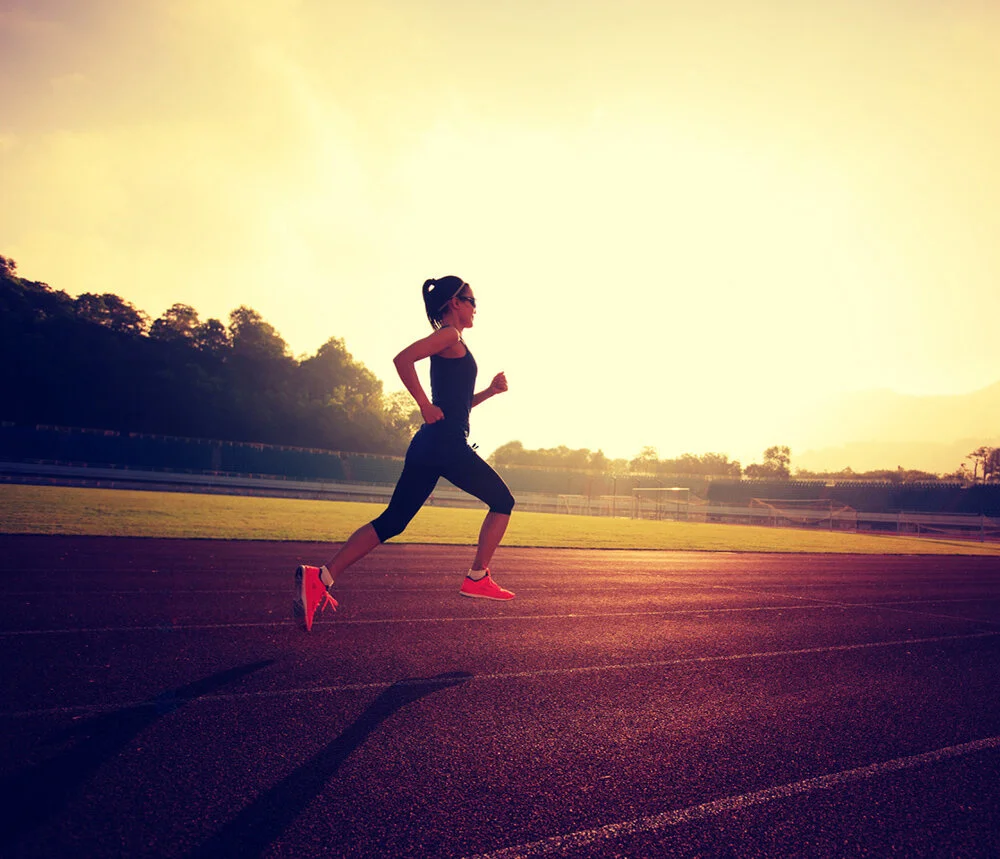Running
Beginning Running
When starting your running program, the aim is to remain injury free by adapting to the loads applied to the body. For most runners, it takes considerable time to adapt and become strong to cope with the repetition and forces. Your running program should always allow for plenty of recovery but always remain consistent. Consistency will get you fit and strong, recovery allows your body to adapt by increasing bone density and muscle/tendon strength.
Forces applied to the body during running are on average 3 times your body weight for each step. If you are 60kg, you have approximately 180kg applied to the body each step. If you consider that during each kilometre of running you will have 450 to 600 steps, it becomes clear that the forces that you have to adapt to, are large and can cause injury. You need to be gradual in increasing your loading.
Start with a slow program to get used to the loads of running. Below is a guide where each stage remains the same for several weeks and the initial increase is in consistency not distance or intensity.
1. walk for 20mins every 2nd day – 2/52
2. walk/run for 20mins every 2nd day – 2/52
3. run easy for 20mins every 2nd day – 2/52
4. run easy for 20mins 2days consecutive, 1 day of rest – 2/52
5. run easy for 30mins 2days consecutive, 1 day of rest – 3/52
6. run easy for 30mins sat, sun, tue, wed, thu – 4/52
Jason Agosta is a Podiatrist who has run 3m 45s for 1500m, 8m 10s for 3000m, 13m 48s for 5000m and 29m for 10k.
Rules of Running Training
1. Consistency
initiate adaption to loading
remain at low-level
2. Volume/mileage
increase strength
increase adaption
3. Intensity
increase strength, endurance, Vo2max
Stand tall
Run over ground
Rhythm
Float
Drift away
Running Technique
Improving running technique is important for efficiency and injury prevention.
Coaching of postural control cues using video feedback is kept simple so there is an uncomplicated plan to improve immediately.
Improving running technique will reduce the loading of the lower limb and therefore enable the runner to quickly feel more efficient and ‘lighter’. This is most important for injury prevention. This will also assist in easily finding rhythm during training.
Alongside running training advice, coaching of running technique is a significant focus of this practice.

